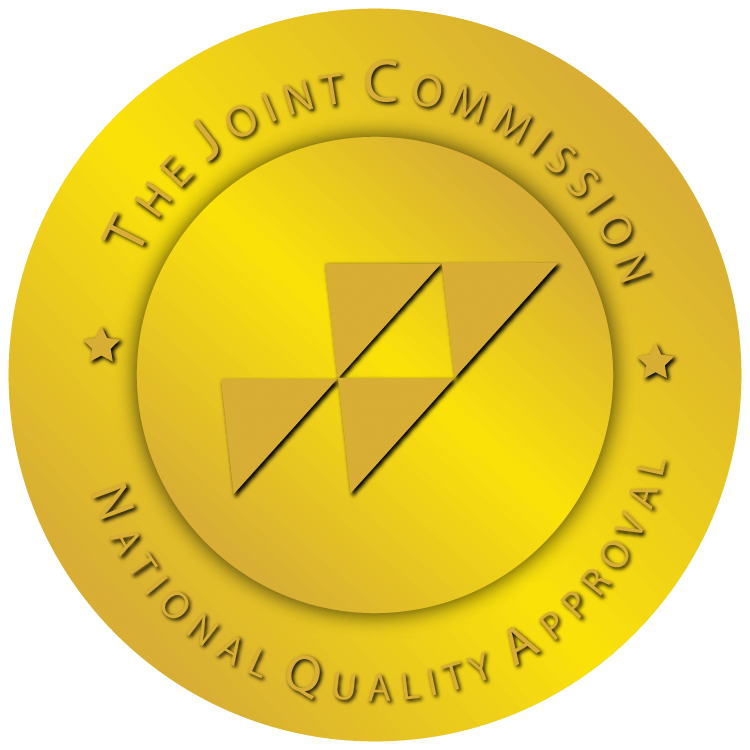
You’ve probably heard of the opioid overdose reversal drug called Narcan, but did you know its manufacturer was based overseas?
Now, the owner of Narcan will not only be stateside, but it will be right here in Maryland. In August, a Gaithersburg, Maryland pharmaceutical company named Emergent Biosolutions acquired Adapt Pharma, the Dublin, Ireland-based maker of Narcan.
Let’s take a further look as to what that means for Maryland and the entire U.S., and then rewind a bit to explain what Narcan does and how to administer it.
More on the Narcan Acquisition by Maryland’s Emergent Biosolutions
Emergent Biosolutions is paying $735 million in cash and stock to acquire Adapt Pharma, according to The Baltimore Sun. Not only does Narcan fit right into Emergent’s business model, but company officials say they plan to develop additional products to combat the national opioid addiction and overdose epidemic.
“Adding this important life-saving product to our portfolio of preparedness solutions allows us to … address the devastating increase in deaths due to opioid overdoses, one of the most serious public health threats facing the nation today,” said Emergent CEO Daniel J. Abdun-Nabi in a press release.
Emergent boasts 1,300 employees between 13 different locations. Even though Emergent has a plant in Baltimore that makes vaccines and other treatments, it appears that Narcan will still be manufactured overseas.
Narcan’s Steep Cost
Narcan typically costs $150 for two doses, but the Baltimore City Health Department and other public health programs buy a less-expensive Narcan at a negotiated rate of $75 per two doses. According to Baltimore City Health Commissioner Dr. Leana Wen, if all of the right stakeholders around town had Narcan on hand for emergencies, it would cost the city $49 million, even at the lower rate.
Wen told The Baltimore Sun that 45,000 people in Baltimore have been trained to administer naloxone (the generic form of Narcan). She also said naloxone has saved more than 2,800 lives over the last three years.
Now that Narcan is owned by a U.S. company, Wen said he hoped her pleas for more affordability will resonate better.
Doug White of Emergent’s Business Device Unit told The Baltimore Sun that his company is also concerned about access and affordability, and that Emergent “plans to work with federal officials to ensure there is a steady stream of grant money to offset the costs and make funding more predictable.”
What that means is there is a chance that Narcan could become more affordable to government agencies and consumers alike. But, no guarantees, at this time.
Who Else Is Stocking Narcan?
The Baltimore Sun recently reported that many funeral home directors are now stocking Narcan. They don’t want to be empty handed if traces of fentanyl or carfentanil – which are reportedly deadly to the touch in their pure forms – are lingering on a deceased person or one of the mourners. There’s also the chance that a mourner may use opioids to combat grief or depression, and an overdose is thus a possibility.
The National Funeral Directors Association (NFDA) actually recommends that its members across the country prepare for handling cases of opioid exposure and overdose. The NFDA says members should train their staff on administering naloxone and recognizing the signs of opioid overdose.
The Baltimore Sun notes that stocking naloxone is still far from universal among central Maryland funeral homes, but that “it’s on the cusp of a trend,” according to Maryland Funeral Directors Association spokesman David Weber.
“Before, funeral directors used to carry smelling salts. Now, you carry Narcan,” added Jim Schwartz, director of MacNabb Funeral Home in Catonsville.
What Is Narcan?
Narcan is the brand name of the nasal spray version of naloxone. It can revive and reverse the effects of heroin and other opioid overdoses. The Food and Drug Administration first approved this drug in 2015. More recently, it has become available without a prescription, meaning family members of a loved one who struggles with opioid addiction can keep this drug on hand, although the price is pretty steep.
Naloxone actually belongs to the opioid family of drugs, but the way it works is actually much different than opioids like oxycodone, hydrocodone, fentanyl, etc.
Naloxone is an “opioid antagonist,” meaning instead of binding to the opioid receptors in the body and eliciting effects such as pain relief and central nervous system depression, it blocks and rapidly reverses the effects of other opioids.
Narcan has no effect if opioids are absent in one’s system. It also has no potential for abuse. There are two other versions of naloxone besides Narcan: an injectable version and an auto-injectable device; the injectable naloxone vials requires professional training to administer.
At first, only emergency response personnel kept Narcan on hand and were trained to administer it. However, minimally trained citizens can now administer it to family members and others, especially since it’s available in pharmacies without a prescription now.
Benefits of Narcan – and Side Effects
Naloxone reverses the effects of an opioid overdose for 30 to 90 minutes. This is ideally enough time to get further medical attention for the individual.
Narcan actually can cause a few side effects, though, such as:
- Fever
- Blood pressure changes
- Rapid heart rate
- Stomach pain
- Sweating
- Runny nose
- Nausea
- Tremors
Narcan can actually put the overdosed person in a withdrawal-like state, which is how these symptoms can come into play.
Despite the potential side effects, the trade-off is that naloxone can save the person’s life and alleviate many of the effects of the overdose.
How to Administer Narcan
 Before administering Narcan capriciously, check for the signs of overdose before moving forward. Possible signs of opioid overdose include:
Before administering Narcan capriciously, check for the signs of overdose before moving forward. Possible signs of opioid overdose include:
- Shortness of breath, or no breath
- Won’t wake up
- Pale or discolored skin
- Constricted pupils
- Cold or clammy skin
- Vomiting
- Confusion
- A snoring noise, or gasping for breath
Medical experts implore people to still call 911 even if they are about to administer naloxone.
If you have the Narcan brand drug, tilt the overdosed person’s head back and spray the Narcan into their nose. Narcan usually elicits a response in a matter of minutes. Wait about three minutes to administer another dose if the person hasn’t responded to the first one. You may also want to flip the person on their side in case vomiting commences.
If the Narcan is not working or is slow to work, a trained individual should deliver CPR if the patient’s breathing is shallow or nonexistent. If you’re about to administer a second dose of Narcan, try rescue breathing first.
Important Note
We must note that you shouldn’t wait for an overdose to happen to try to figure out how to administer Narcan and other naloxone-based drugs. We recommend undergoing formal training before trying it in a crucial moment.
There are several workshops and resources for naloxone training all over the country, and the training typically isn’t rigorous or prolonged. Nonetheless, it’s important to be prepared in case a real overdose happens in your presence.
Ongoing Care Needed for Heroin/Opioid Addiction
Narcan is a short-term fix for opioid and heroin overdose, but it is far from a cure for addiction. Only professional, long-term treatment can hope to rid an individual of addiction.
If you know someone in need of help in overcoming opioid addiction, reach out to Maryland Recovery today to explore long-term treatment options.
See Our Heroin Addiction Fact Sheet
Reviewed by Christopher Schwartfigure MS, LGPC, CAC-AD








